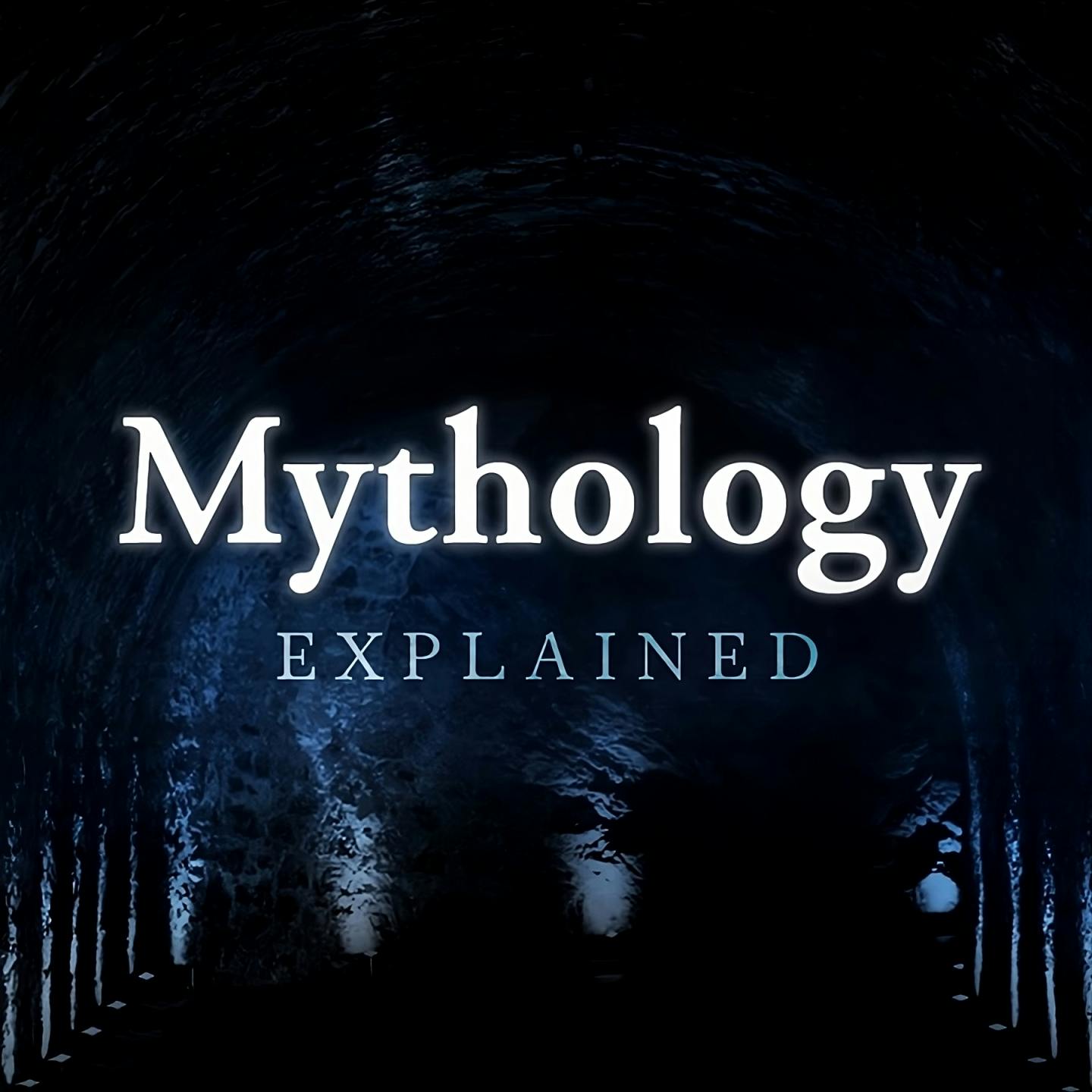
The Demon Lord Who Rules the Deadly Sin of Greed

Mythology Explained
Shownotes Transcript
Hey everyone, welcome to Mythology Explained. In today's video, we're going to discuss Mammon, a demon Lord and the demon who rules over the deadly sin of greed.We'll start with his portrayal in John Milton's epic poem, 'Paradise Lost', before transitioning into an exploration of the historical and linguistic origins of the term 'Mammon' in the Biblical canon. We'll investigate how this term evolved from abstraction to personification, from a word denoting greed into a demonic entity, tracing this development from its Aramaic roots, then to Greek, Latin, and English. Following this, we'll examine the teachings on Mammon in the New Testament, specifically the Gospel of Matthew, illuminating how this term was initially used. Finally, we'll delve into notable historical texts that link Mammon to the seven deadly sins, showing him to be the deadly demon who presides over the deadly sin of Greed. Alright, let's get into it."Paradise Lost' is an epic poem by John Milton, first published in 1667. This monumental work of literature is hailed as one of the greatest in the English language and is considered one of the crown jewels of the Western canon. It reimagines the Biblical story of humanity's fall, portraying the rebellion of Satan and his cohort of fallen angels, their banishment from Heaven, and their subsequent schemes to corrupt and ruin mankind. Through its exploration of profound themes such as free will, temptation, the nature of evil, and the consequences of defying the divine, 'Paradise Lost' delves into the complexities of human existence, the nature of God, and the eternal battle between good and evil.Milton's poetic genius paints a vivid picture of the sublime celestial realms, the desolate depths of Hell, the untouched beauty of Eden, and the catastrophic consequences of human transgression. The grandeur of his verse, its rich symbolism, and vivid imagery lend depth to the narrative and its underlying themes.